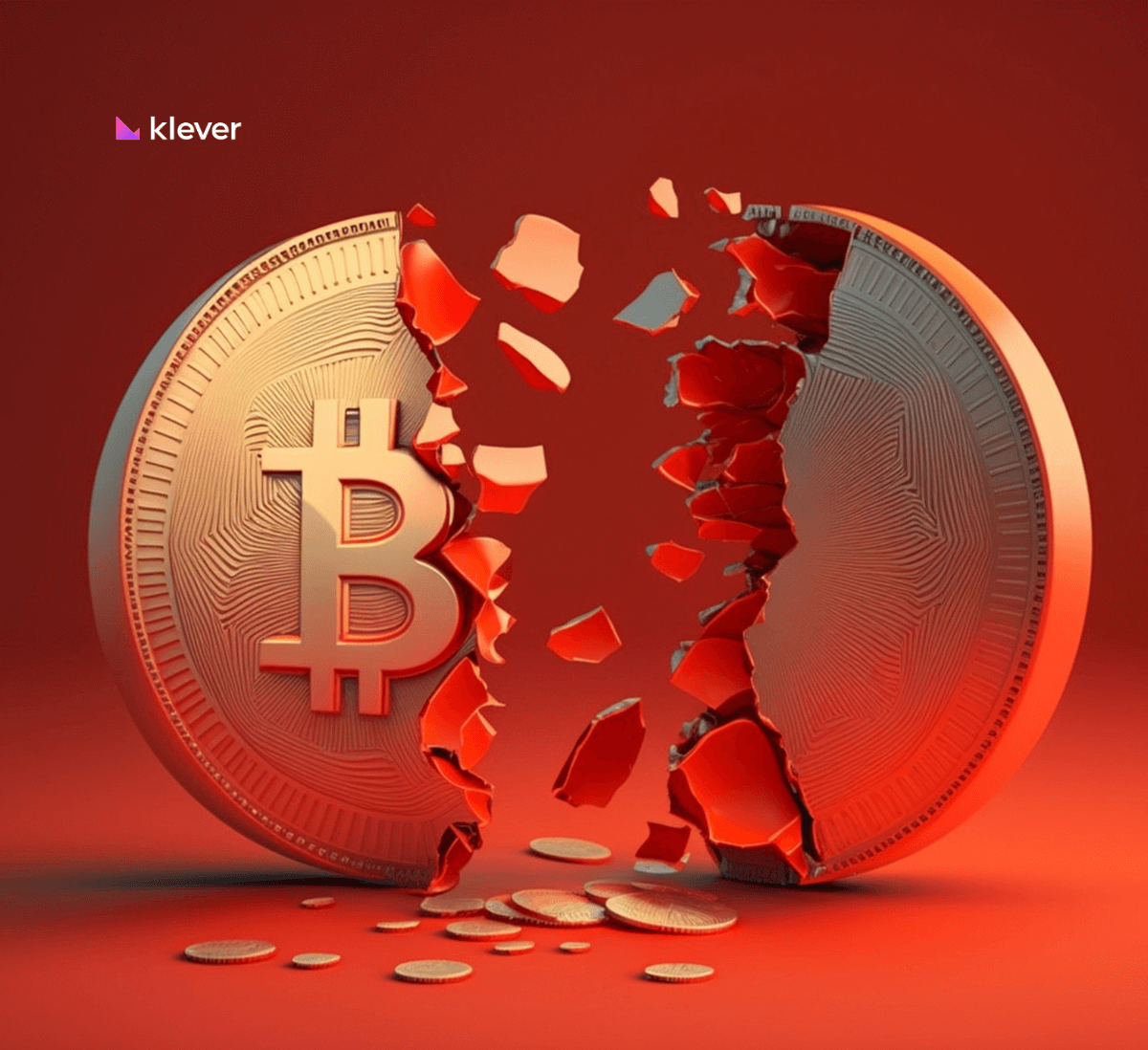What is bitcoin halving?
BTC Halving Timeline
The Bitcoin halving timeline marks critical milestones in the cryptocurrency's lifespan, highlighting the scheduled reductions in the mining reward. Here's a breakdown of past halvings and the expected future event:
First Halving - November 28, 2012: The mining reward was reduced from 50 BTC to 25 BTC per block. This event marked the first major test of Bitcoin's economic model and its deflationary nature.
Second Halving - July 9, 2016: The reward was further cut down to 12.5 BTC per block. This halving continued to emphasize the scarcity of Bitcoin, contributing to increased interest and investment in the cryptocurrency.
Third Halving - May 11, 2020: The most recent halving reduced the block reward to 6.25 BTC. Leading up to and following this event, Bitcoin experienced significant price volatility and increased adoption among both retail and institutional investors.
Fourth Halving - The next halving is expected to happen in April, 2024 and is projected to decrease the mining reward to 3.125 BTC per block. This future event is highly anticipated by the crypto community, speculating on its potential impact on Bitcoin's price and miner activity.
The halving events are central to Bitcoin's value proposition as a digital asset with a capped supply, designed to mimic the scarcity and value preservation characteristics of precious metals like gold. Each halving event reduces the rate at which new bitcoins are created, thereby slowing down the inflation rate and emphasizing the scarcity of Bitcoin. This mechanism is a fundamental part of what attracts investors to Bitcoin, viewing it as a potential hedge against fiat currency inflation.
Bitcoin's market cap surpasses Silver, rising to eighth in global asset rankings.
Bitcoin, the leading cryptocurrency, soared to an unprecedented peak value surpassing $72,000 all-time high during the morning trading hours in the US on March 11 2024, thereby achieving a market capitalization of $1.42 trillion. This milestone propelled it past silver, which holds a market value of $1.387 trillion, as per data from CompaniesMarketCap.
Surpassing Meta, Eyeing Alphabet
In the midst of its remarkable surge, Bitcoin's market value eclipsed that of Meta, currently pegged at $1.2 trillion. Now, Bitcoin sets its sights on Alphabet, Google's parent company, with a market valuation just shy of $1.7 trillion, according to a report from CoinDesk.
The report also highlights the ambitious goal of Bitcoin advocates: to rival gold, the globe's most esteemed asset, which boasts a market capitalization of $14.7 trillion. To reach this landmark, Bitcoin's value would need to climb more than ten times its current price, exceeding $720,000 per coin.
Maximizing Benefits from Klever Wallet and Bitcoin Halving
To make the most out of using Klever Wallet and capitalize on Bitcoin halving events, you can follow a strategy that combines the practicality of using a cryptocurrency wallet with the investment foresight related to Bitcoin's economic cycles.
Here's how you can enjoy and potentially benefit from both:
Understanding Klever Wallet
Familiarize with Features: Begin by understanding the features offered by Klever Wallet. It's a comprehensive cryptocurrency wallet that supports various digital assets, including Bitcoin. It offers functionality for storing, sending, receiving, and exchanging cryptocurrencies within the app.
Security Practices: Ensure your assets are secure by using Klever Wallet's security features, such as setting a strong password, enabling two-factor authentication (2FA), and safely storing your recovery phrase.
Explore Built-in Exchange: Use the built-in exchange feature to swap between cryptocurrencies without leaving the wallet. This can be particularly useful for diversifying your portfolio or reacting quickly to market changes.
Leveraging Bitcoin Halving
Educate Yourself: Understand what Bitcoin halving is and its significance. As the reward for mining new blocks is halved, the rate at which new bitcoins are created decreases, potentially leading to increased prices due to reduced supply.
Investment Strategy: Consider how halvings may affect Bitcoin's price. Historically, halvings have led to price increases over the long term, though this is not guaranteed. Plan your investment strategy accordingly, whether it's holding long-term, selling before a potential drop, or buying during dips.
Timing Purchases: If you believe in the long-term value increase post-halving, consider accumulating Bitcoin before the event. Use Klever Wallet to securely purchase and hold your Bitcoin.
Stay Informed: Keep an eye on market trends and news leading up to and following the halving. This can inform your decisions on when to buy or sell.
Diversification: While focusing on Bitcoin's halving, don't neglect the importance of diversifying your portfolio with other cryptocurrencies or assets. Klever Wallet supports multiple assets, allowing for an easy way to diversify.
Passive Income Features: Explore if Klever Wallet offers any staking or other passive income features for the cryptocurrencies you hold. This can be an additional way to benefit from your investments during the halving cycle.
By combining a strategic approach to Bitcoin halving with the effective use of Klever Wallet, you can enjoy the convenience and also the security of managing your cryptocurrency assets but also potentially capitalize on the cyclical economic events that influence Bitcoin's value. Always remember, cryptocurrencies involves risk, and it's important to conduct your research and consider your financial situation and risk tolerance before making any investment decisions.
 Hey crypto fans.
Hey crypto fans.